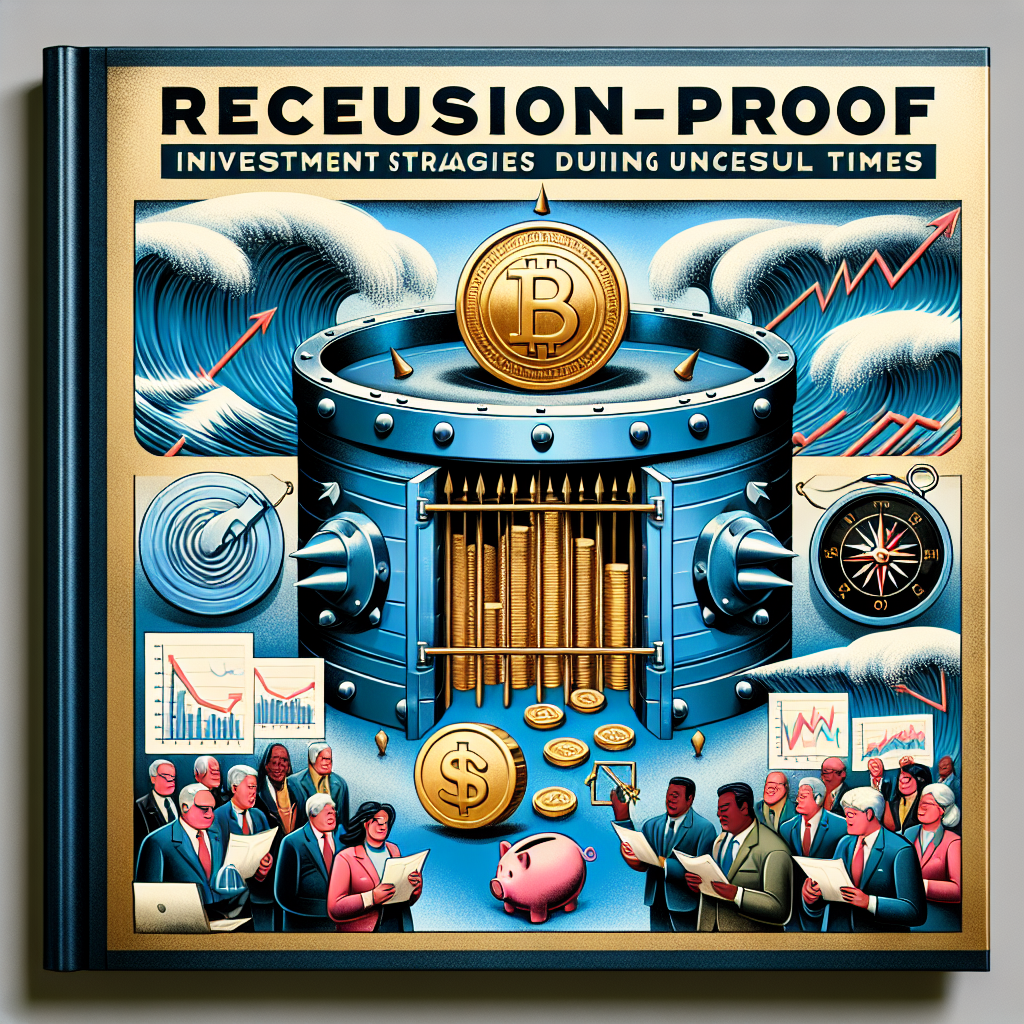
Recession-Proof Investment Strategies Explained
In today’s unpredictable economic environment, the threat of a recession looms large for investors. Understanding recession-proof investment strategies can help you safeguard your portfolio, minimize losses, and even find opportunities during market downturns. In this comprehensive guide, we’ll break down the most resilient investment options, explore historical performance, and share practical tips for building a robust, diversified portfolio that weathers economic storms.
What Is a Recession-Proof Investment?
A recession-proof investment is an asset or strategy that tends to hold its value or even thrive during economic downturns. While no investment is completely immune to market shifts, certain sectors and asset classes have demonstrated stability and consistent returns when broader markets falter. Understanding these options is crucial for investment risk management in uncertain times.
Why Focus on Recession-Resistant Investments?
- Protect Capital: Reduce the risk of significant losses during a downturn.
- Generate Steady Income: Maintain cash flow with reliable dividend or interest payments.
- Take Advantage of Opportunities: Acquire undervalued assets for long-term growth.
- Peace of Mind: Ease anxiety by knowing your financial plan is resilient.
These strategies are essential for both seasoned investors and those new to financial planning.
Top Recession-Proof Investment Strategies Explained
1. Defensive Stocks
Defensive stocks represent companies offering essential products and services—think utilities, healthcare, and consumer staples. These industries tend to be less sensitive to economic cycles, providing steady returns even when spending slows.
2. Dividend-Paying Blue-Chip Stocks
Large, established companies with a strong track record of paying dividends often outperform during recessions. Their steady cash flows make them a reliable foundation for any portfolio seeking stability.
3. Bonds and Fixed-Income Securities
Government and high-grade corporate bonds are classic safe havens. They offer predictable returns and lower volatility compared to equities, making them a core component of a recession-resistant portfolio.
4. Gold and Precious Metals
Gold is known as a “crisis commodity” because it often appreciates during market volatility and inflation. Including a portion of gold or precious metals can provide valuable diversification.
5. Real Estate Investment Trusts (REITs)
Certain types of real estate, such as residential or healthcare-focused REITs, tend to perform well during recessions. Rental income can provide consistent cash flow when other assets falter.
6. Consumer Staples and Healthcare
Companies in these sectors sell products people need regardless of the economy—food, medicine, and household goods. Their consistent demand makes them recession-resistant.
7. Cash and Cash Equivalents
Holding cash or short-term instruments like money market funds provides liquidity and flexibility to seize investment opportunities as they arise.
How to Build a Recession-Resistant Portfolio
-
Diversify Across Asset Classes:
Spread your investments among stocks, bonds, cash, real estate, and alternative assets. This reduces the impact of any single asset’s poor performance.
-
Focus on Quality:
Choose financially strong companies with low debt, consistent earnings, and a history of weathering downturns.
-
Monitor and Rebalance:
Regularly review your allocations and adjust to maintain your desired risk profile. Rebalancing ensures your portfolio stays aligned with your goals.
-
Maintain Liquidity:
Keep an emergency fund and consider liquid investments to cover unexpected expenses or take advantage of market dips.
-
Consider Professional Guidance:
Consulting a financial advisor can help tailor your recession-proof investment approach to your unique goals.
Lessons from Past Recessions
History shows that markets are cyclical, and recessions are inevitable. However, investors who stick to disciplined, long-term strategies and prioritize recession-resistant assets often emerge stronger. During the 2008 financial crisis, portfolios weighted toward consumer staples and high-quality bonds experienced less volatility and recovered faster than those heavily invested in speculative stocks.
Common Mistakes to Avoid
- Panic Selling: Emotional decisions can lock in losses and prevent recovery.
- Overconcentration: Relying too heavily on one sector or asset increases risk.
- Ignoring Cash Flow: Focus on investments that generate income, not just potential appreciation.
- Neglecting Rebalancing: Failing to adjust your portfolio can lead to unintended risk exposure.
Frequently Asked Questions
- Are any investments truly recession-proof?
- While no asset is completely immune, certain investments like defensive stocks, bonds, and gold have historically shown resilience during downturns.
- How much of my portfolio should be recession-proof?
- The ideal allocation depends on your risk tolerance, investment horizon, and financial goals. Many experts recommend increasing exposure to defensive assets as a recession risk rises.
- Is real estate a safe investment during a recession?
- Some forms of real estate, such as residential rentals or healthcare-related properties, are more stable than commercial or luxury sectors during downturns.
- What are the best sectors to invest in during a recession?
- Consumer staples, healthcare, utilities, and certain technology companies that provide essential services often outperform in recessions.
Key Takeaways: Recession-Proofing Your Investments
- Prioritize diversification and quality assets.
- Focus on sectors with stable, consistent demand.
- Maintain liquidity and rebalance regularly.
- Stay disciplined—avoid emotional decision-making.
- Use historical data and professional advice to inform your strategy.
Conclusion: Secure Your Financial Future
Recessions are challenging, but they don’t have to derail your financial goals. By understanding recession-proof investment strategies and implementing them in your portfolio, you can weather economic downturns with confidence and emerge stronger. Remember, the best time to prepare is before the storm hits—start building your resilient investment plan today!